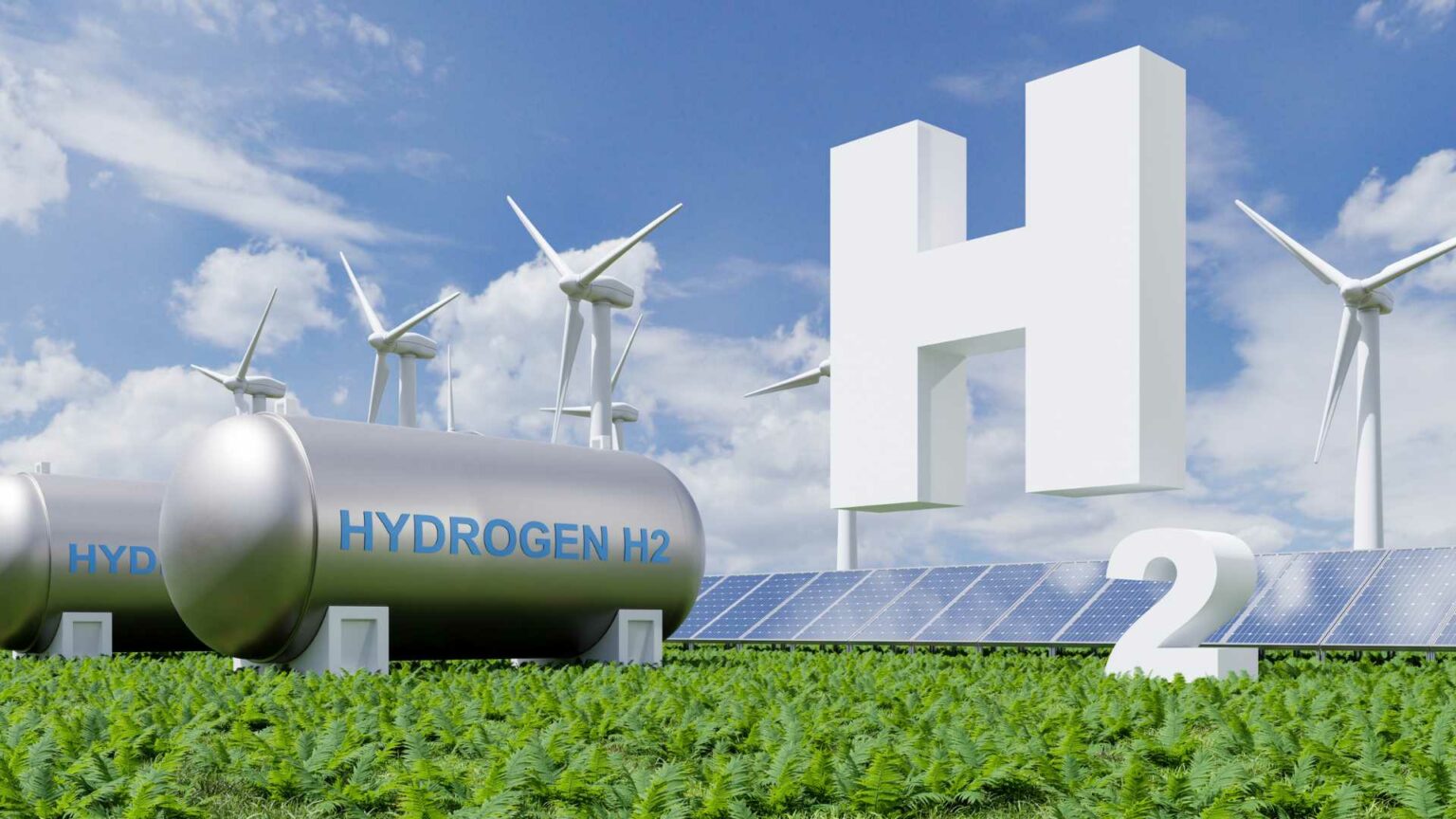International Energy Agency’s 2019 data forecasts a 1.3% annual rise in energy demand by 2040 under current policies, underscoring the urgency for alternative energy solutions.
Solar energy, while abundant, faces the critical challenge of intermittent availability—fluctuating with daily cycles and seasonal changes. Addressing this variability is essential for achieving a consistent power supply, thereby diminishing reliance on traditional energy sources.
One innovative approach to overcoming solar energy’s inconsistency is the integration of a solar gas turbine system utilizing hydrogen fuel storage. A study recently published in the International Journal of Hydrogen Energy showcases a solar-powered micro gas turbine designed to maintain a continuous 22.5 kW power output throughout the year. This system leverages a central solar tower equipped with a proton exchange membrane (PEM) that captures excess solar energy, storing it as hydrogen fuel. When solar generation dips, the hydrogen is then used to power a micro gas turbine, ensuring uninterrupted power supply and showcasing an annual energy efficiency of 1.25%.
At the core of this design is a sophisticated air Brayton cycle, which achieves optimal performance thanks to high-temperature air driven by the concentrated solar power of a central tower. The heliostat field and cavity receiver, validated against experimental data, amplify these effects by raising air temperatures to up to 700 °C. This approach not only maximizes the efficiency of the gas turbine cycle but also underscores the potential of hydrogen as both a fuel and an energy storage medium.
The transformation of solar energy into hydrogen involves using PEM stacks to electrolyze water, a process enabling the conversion of surplus solar electricity into chemical energy stored as hydrogen. During high-contribution solar periods, hydrogen production is maximized, creating a buffer for periods of low sunlight. Such a system is of particular interest to regions like Seville, Spain, where seasonal solar radiation variance demands adaptive energy solutions.
The transient simulation conducted for solstices and equinoxes revealed intriguing aspects of solar energy’s fluctuating efficiencies. Surprisingly, solar-to-electricity conversion efficiency peaked at 47.49% during the early summer mornings, an insight that might reshape planning for solar installations. This efficiency plummets as the sun climbs, reaching a mere 0.23% at noon—testament to the inherent volatility that energy storage systems must mitigate.
When stored hydrogen is utilized, the system effectively suppresses energy output variability, illustrated by the 47.78 kg of Annual Net Hydrogen (ANH) produced. This metric serves as a vital measure of the balancing act between solar generation and consumption across the year, providing a foundation for planning further expansions of the technology.
As more solar-hybrid gas turbine systems are tested and brought into industrial scale applications, such dual-generation systems could drive a more resilient energy infrastructure. By concurrently harnessing cutting-edge solar technology and hydrogen’s latent potential, the challenges of modern renewable energy deployment may find sustainable and reliable solutions. This endeavors not just to meet the rising energy demands but to significantly reduce the carbon footprint and pollutants associated with traditional fuels. Ultimately, the integration of solar-driven gas turbine systems with hydrogen storage may pave the way for a fundamental shift in how we approach energy generation and storage worldwide.
